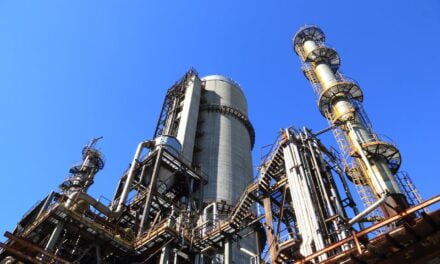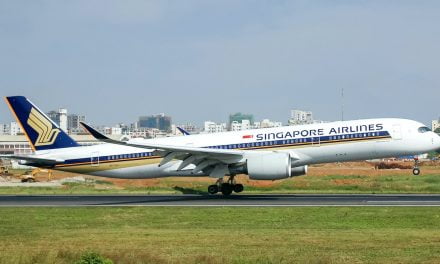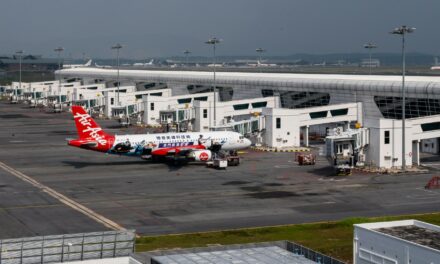The ASEAN manufacturing sector saw conditions improve in March, according to official data released Monday, thanks to a rise in new orders.
“[A] renewed rise in new orders spurred a faster expansion in output. However, underlying demand trends highlighted that the latest rise in new orders largely stemmed from domestic clients,” said Maryam Baluch, an economist at S&P Global Market Intelligence.
The headline S&P Global ASEAN Manufacturing Purchasing Managers’ Index rose to 51.5 in March from 50.4 in February. Anything below 50.0 signals that the sector contracted during that month, while anything above indicates expansion.
The improvement was the strongest seen in nearly a year, S&P Global said.
Closer look at ASEAN manufacturing sector
Indonesia’s manufacturing PMI climbed to 54.2 in March from 52.7 in February.
“Indonesia’s manufacturing industry enjoyed a stellar performance in March, with output growth hitting its highest in 27 months due to a notable rise in domestic demand for goods,” said Pollyanna De Lima, the economics associate director at S&P Global Market Intelligence.
The headline figure for the Philippines remained broadly unchanged at 50.9 in March from 51.0 a month before.
“Contributing to the somewhat mixed picture was a fresh fall in production levels, with companies attributing this to material shortages. The downturn came despite firms in general recording sustained demand for goods,” Baluch said in a separate release.
Manufacturers in Vietnam recorded a PMI of 49.9, slipping into contraction territory from 50.4 in February.
“Growth stalled in the Vietnamese manufacturing sector in March as subdued demand put the brakes on new orders and production,” said Andrew Harker, an economics director at S&P Global Market Intelligence.
Thailand’s manufacturing sector continued to experience deteriorating business conditions in March, posting a PMI of 49.1. This was improved from 45.3 in February, however.
“The PMI posted one of its largest ever month-on-month gains, taking the average for the first quarter (47.0) higher than that registered in the final quarter of 2023 (46.7),” Trevor Balchin, another economics director at S&P Global Market Intelligence said.
In Malaysia, manufacturers saw a further moderation in conditions. The headline figure came in at 48.4 in March from 49.5 a month before.
“New orders, output and employment were all scaled back to a greater extent, and at the most pronounced rates in the year-to-date. The muted demand environment meanwhile allowed for a supplier improvement, as delivery times shortened to the greatest extent in ten months,” said S&P Global Market Intelligence Economist Usamah Bhatti said.
Myanmar’s manufacturing sector headline figure ticked up to a five-month high of 48.3 from 46.7 in February.
“While the downturn across output and new orders continued to tail off, with some firms reporting a revival in demand, the sector is hindered back by the ongoing fighting across the country, which has aggravated underlying problems and led to heightened levels of uncertainty,” said Baluch in another release.
Singapore’s manufacturing PMI for March will be released on Tuesday.
ASEAN manufacturing sector outlook
Sentiment for the road ahead slipped, although remained in positive territory.
“Looking ahead, sentiment across the region was largely optimistic. However, the degree of confidence remained historically subdued and slipped to an eight-month low,” S&P Global said.
The S&P Global ASEAN manufacturing PMI is compiled by S&P Global from responses to monthly questionnaires sent to purchasing managers in panels of manufacturers in Indonesia, Malaysia, Myanmar, the Philippines, Singapore, Thailand and Vietnam, totaling around 2,100 manufacturers. These countries account for 98% of ASEAN manufacturing value added, according to World Bank world development indicator.
Data for the PMI were collected between March 12 to 22.






